Newly appointed geography professor Benjamin Gwinneth uses innovative geochemical methods, such as measuring fecal molecules, to understand how climate variability shaped ancient populations.
Tag: Migration
The monarch butterfly may not be endangered, but its migration is
With vigorous debate surrounding the health of the monarch butterfly, new research from the University of Georgia may have answered the biggest question plaguing butterfly researchers. Why are the wintering populations declining while breeding populations are stable? Published by the Proceedings of the National Academy of Sciences, the study suggests that monarchs are dying off during their fall migration south to Mexico.
Underwater caves yield new clues about Sicily’s first residents
Archaeological surveys led by scientists at Washington University in St. Louis suggest that coastal and underwater cave sites in southern Sicily contain important new clues about the path and fate of early human migrants to the island.
Migrant Women and Access to Sexual and Reproductive Health Services
The number of people living in a different place from their place of birth is increasing year by year. Although women have always been involved in migratory movements, today they are increasingly doing so independently. Women are migrating from the Global South to higher-income countries.
Intermarriage and housing upon separation. A matter of resources and bargaining power?
Abstract Objective This paper examines post-separation residential outcomes in immigrant, native, and immigrant–native mixed (married and cohabiting) couples. Background Previous research showed that women were more likely to leave the family home upon separation than men, indicating a weaker bargaining…
Canisius University experts dissect impact of President Biden’s executive order and its broader socio-political context
In response to President Joe Biden’s announcement today, Tuesday, June 4, limiting the border crossing of asylum-seekers, Canisius University professors Richard Reitsma, PhD and Shyam Sriram, PhD, are available to provide expert commentary. Both bring a wealth of expertise to…
URI-led team finds direct evidence of ‘itinerant breeding’ in East Coast shorebird species
KINGSTON, R.I. – April 17, 2024 – Migration and reproduction are two of the most demanding events in a bird’s annual cycle, so much so that the vast majority of migratory birds separate the two tasks into different times of the year. But a study by University of Rhode Island researchers has found direct evidence of a species – the American woodcock, a migratory shorebird from eastern and central North America – that overlaps periods of migration and reproduction, a rare breeding strategy known as “itinerant breeding.
Save Spring Migrating Birds
Now is one of the most important times of year to keep birds safe by reducing non-essential lighting at night and treating window glass so birds can see it and avoid deadly collisions.
The Health Impacts of Migrating by Sea
A new study of migrant drowning deaths in the Pacific Ocean lays the groundwork for future research.
Scenarios for proactive measures and inclusive policies on migration in Europe
Migration is a complex and unpredictable phenomenon, often triggered by political crises, economic downturns, and natural or human-made disasters. A new policy brief and a White Paper authored by IIASA researchers and UK colleagues provides valuable insights and recommendations to support policymaking and increase understanding around the realistic implications of high-migration events.
Bats feast as insects migrate through Pyrenees
Bats gather to feast as nocturnal insects fly through mountain passes in the Pyrenees each autumn, new research shows.
Migratory Birds Can Partially Offset Climate Change
A new study demonstrates that birds can partially compensate for these changes by delaying the start of spring migration and completing the journey faster. But the strategy comes with a cost—a decline in overall survival.
Study compares NGO communication around migration
A new study compares the communication strategies of NGOs working on migration issues in two neighboring countries, Turkey and Bulgaria. The research findings highlight how the specific political and cultural context of a country affects an organization’s messaging.
How has the COVID-19 pandemic affected immigration?
New research finds a high variation between how pandemic mitigation measures affected immigration to different destination countries, from a slight increase to huge reductions.
Corridors between Western U.S. national parks would greatly increase the persistence time of mammals
A new study analyzed the value of establishing ecological corridors for large mammals between Yellowstone and Glacier National Parks and between Mount Rainier and North Cascades National Parks. These corridors would enlarge populations and species to shift their geographic ranges more readily in response to climate change.
Fossil CSI: Analysis of giant extinct marine reptile graveyard suggests mysterious site was ancient birthing grounds
Marine giants make migrations across the ocean to give birth where predators are scarce, congregating annually along the same stretches of coastline. A study suggests that 200 million years before whales evolved, school bus-sized marine reptiles called ichthyosaurs may have made similar migrations.
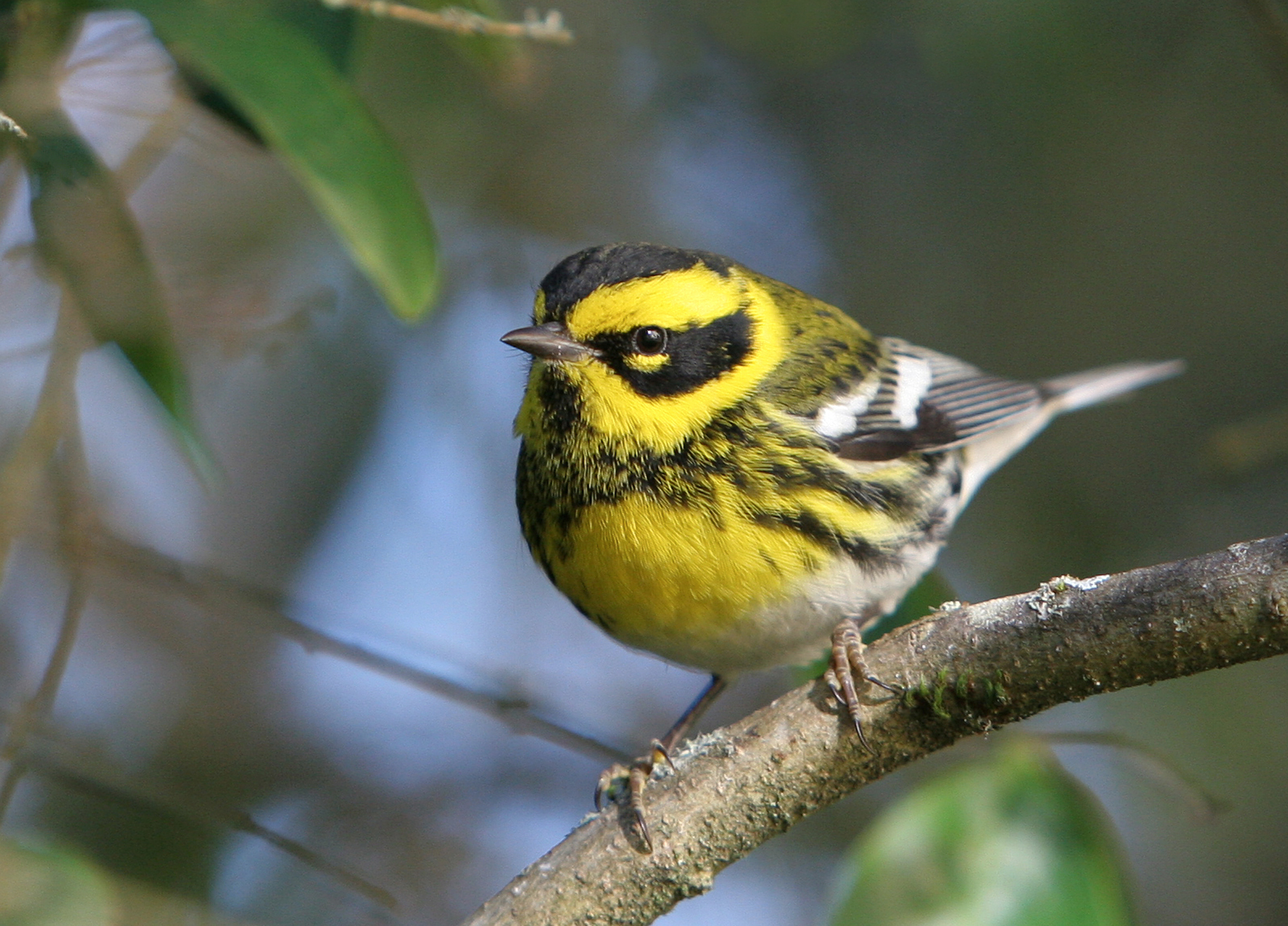
Study: Migrating Birds Attracted by Light Pollution Face Higher Toxic Chemical Exposure
The journeys of night-migrating birds are already fraught with danger. Light pollution adds yet another hazard beyond the increased risk of collisions with buildings or communication towers.
Association of raising US-Mexico wall with migrant deaths, trauma center admissions, injury severity
About The Study: This retrospective trauma registry study of the University of California, San Diego level 1 trauma center, which receives patients with border wall injuries from San Diego and Imperial counties, examined deaths, injuries and hospital costs after construction of…
Modeling Study Projects 21st Century Droughts Will Increase Human Migration
Drought and the potential increase in the number of droughts worldwide due to climate change remains a concern for scientists. A recent study led by Stony Brook University researchers suggests that human migration due to droughts will increase by at least 200 percent as we move through the 21st Century.
Discovery sheds light on why the Pacific islands were colonized
The discovery of pottery from the ancient Lapita culture by researchers at The Australian National University (ANU) has shed new light on how Papua New Guinea served as a launching pad for the colonisation of the Pacific – one of the greatest migrations in human history.
Now for the First Time, See How Many Migratory Birds Are Passing Over Your County
The BirdCast program at the Cornell Lab of Ornithology is exploring these unseen movements of bird migration with its new Migration Dashboard. The Dashboard reveals bird migration in localized detail previously unavailable to the general public.
Migration treaty violations, trade central to U.S.-Mexico-Canada summit
President Joe Biden will meet Canadian Prime Minister Justin Trudeau and Mexican President Andrés Manuel López Obrador at the White House this week to discuss the continued flow of migrants over the U.S.-Mexico border, trade, labor and other issues. Gustavo…
Does environmental stress drive migration?
While climate-driven migration has been deemed a major threat in public discourse and academic research, comprehensive studies that take into account both environmental and social factors globally have been scarce. Now, with the help of machine learning, a research team led by Aalto University has drawn a clearer picture of the factors involved in migration for 178 countries.
Another threat from the climate crisis: Violent conflicts, including genocide, will worsen as countries compete for dwindling resources
Throughout all of human history, natural resources have been a flashpoint for conflict. As worsening climate change puts those resources at increasing risk through the rise in sea levels, more frequent flooding and the loss of arable land and clean…
White House acknowledges ‘right to stay home’ for climate migrants
The White House released its report on climate change and migration this week, focusing on the drivers of migration due to climate pressure and the U.S. role in working with the international community to address it. Maria Cristina Garcia, professor…
Budget process an ‘uphill battle’ for immigration
The House Judiciary Committee is marking up immigration provisions today as part of the budget reconciliation process. Stephen Yale-Loehr, professor of immigration law at Cornell Law School and co-author of a leading 21-volume immigration law series, says that Democrats face an…
Navigational tools: Sharks use Earth’s magnetic fields to find their way home
Each year, many shark species migrate hundreds of miles, traversing ocean waters to return to the same spot year after year. Now, Florida State University researchers have found that sharks likely use the Earth’s magnetic fields to help guide them on these long-distance journeys.
Despite refugee boost and family reunification, Biden has ‘long road to go’
On Monday, the Biden administration announced a significant increase in the number refugees allowed to enter the United States. The announcement comes as the administration also begins to reunite parents separated from their children under the Trump administration’s family separation…

Deep dive into bioarchaeological data reveals Mediterranean migration trends over 8,000 years
A team of international researchers led by a Florida State University assistant professor has analyzed reams of data from the Neolithic to Late Roman period looking at migration patterns across the Mediterranean and found that despite evidence of cultural connections, there’s little evidence of massive migration across the region.
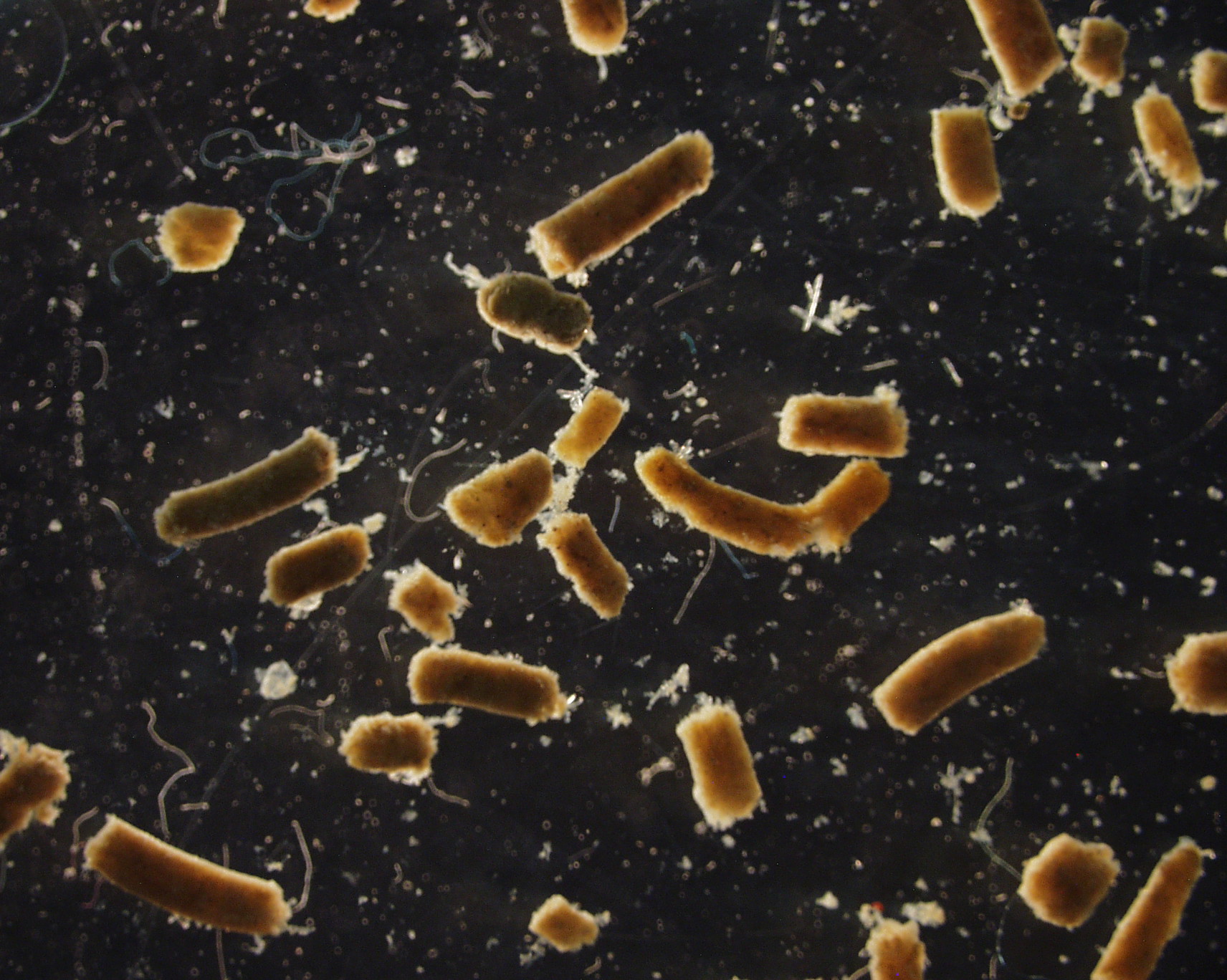
Fishes Contribute Roughly 1.65 Billion Tons of Carbon in Feces and Other Matter Annually
Scientists have little understanding of the role fishes play in the global carbon cycle linked to climate change, but a Rutgers-led study found that carbon in feces, respiration and other excretions from fishes – roughly 1.65 billion tons annually – make up about 16 percent of the total carbon that sinks below the ocean’s upper layers.
Biden’s attention to immigration ‘root causes’ promising, but will take time
The Biden administration’s executive orders on immigration announced this week will address Trump-era immigration policies including the controversial Migrant Protection Protocol, known as “Remain in Mexico,” and the family separation policy. Ian Kysel, professor of law at Cornell University and…
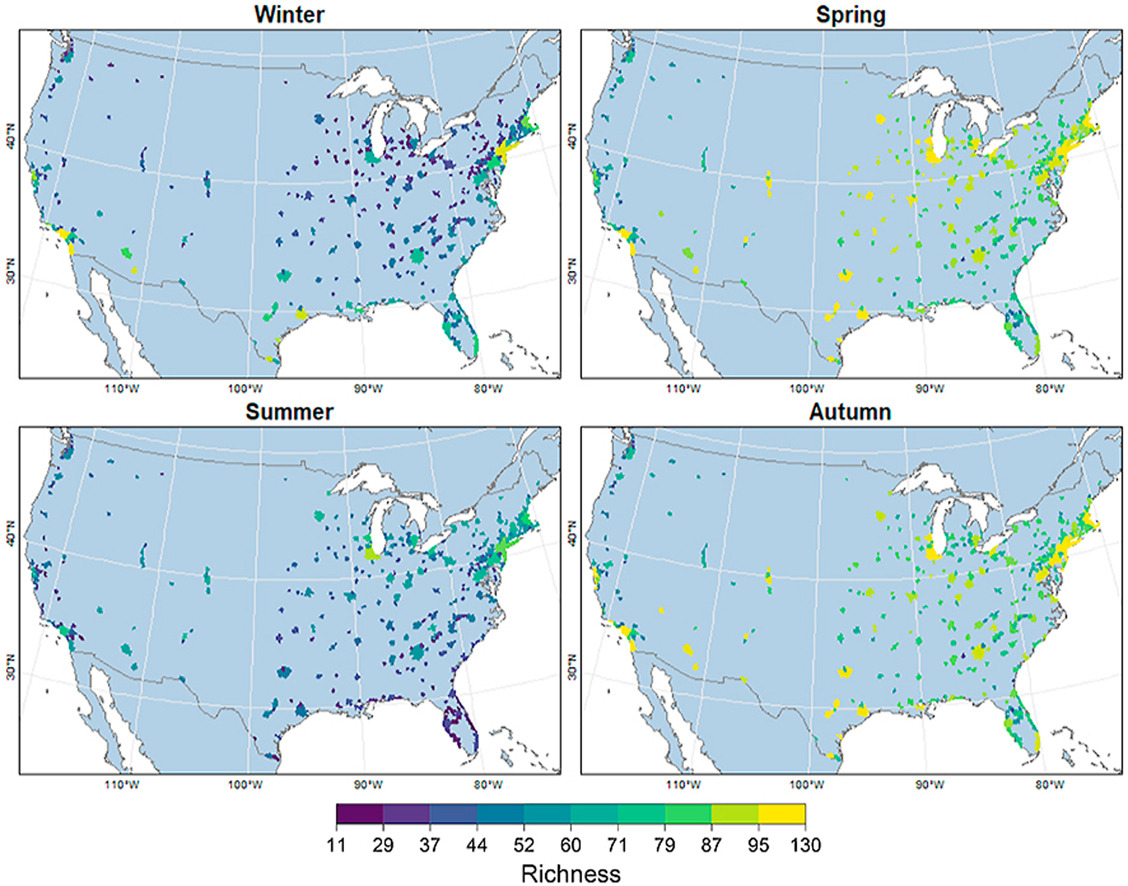
Less Light, More Trees Assist Migrating Birds
Scientists from the Cornell Lab of Ornithology and Colorado State University used observations from the Lab’s eBird citizen-science program to estimate the seasonal species richness of nocturnally migrating passerines within 333 well surveyed urban areas in the contiguous U.S. “Richness” is defined as the number of different species in an area.
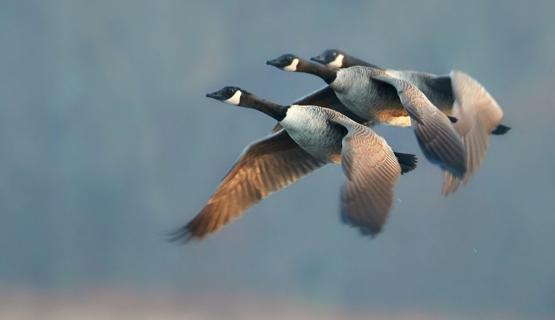
Join Online Events to Celebrate Bird Migration
Day and night, across the country right now, a river of migrating birds is flowing overhead. The Cornell Lab of Ornithology holds its Migration Celebration to take note of this remarkable natural phenomenon. This year, Migration Celebration is taking place virtually with two weeks of special online events, including articles, activities, and live events.
Climate change triggers migration
According to a new study, environmental hazards affect populations worldwide and can drive migration under specific conditions, especially in middle-income and agricultural countries.
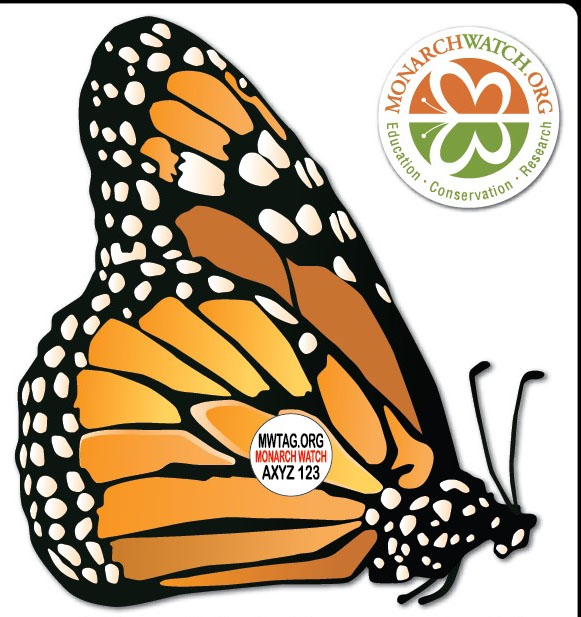
New study on migration success reinforces need for monarch butterfly milkweed habitat
A recently published study presents evidence that the migration success of monarchs hasn’t declined in recent years and thus cannot explain the steep decline in the monarch population over the last few decades. The study drew on data collected on 1.4 million monarch butterflies that were tagged in the United States Midwest from 1998 to 2015 and emphasizes the need for new monarch habitat.

Monarch butterflies raised in captivity may be worse at migrating south than wild monarchs raised outdoors
Researchers at the University of Chicago found that some commercially-bred monarch butterflies appear to be capable of migrating south, while wild-derived monarch butterflies raised in a closed greenhouse are worse at migrating south than their outdoor-raised counterparts.
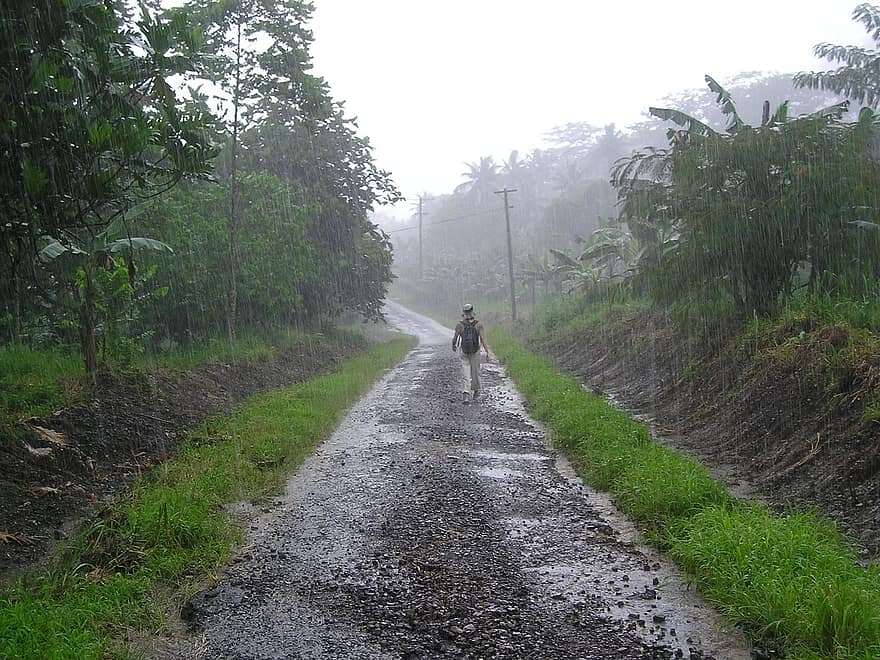
Climate change-influenced refugee crisis may lead to long-term settlement issues
While many models suggest that climate change will prompt a substantial number of people to leave their homes, not all research so clearly finds this is the case. Investigating cases where computer models seemed to indicate only limited impacts of climate change on people leaving rural areas, a team of researchers now suggest that the models may reveal a more nuanced circular migration pattern in areas stricken by climate change impacts.
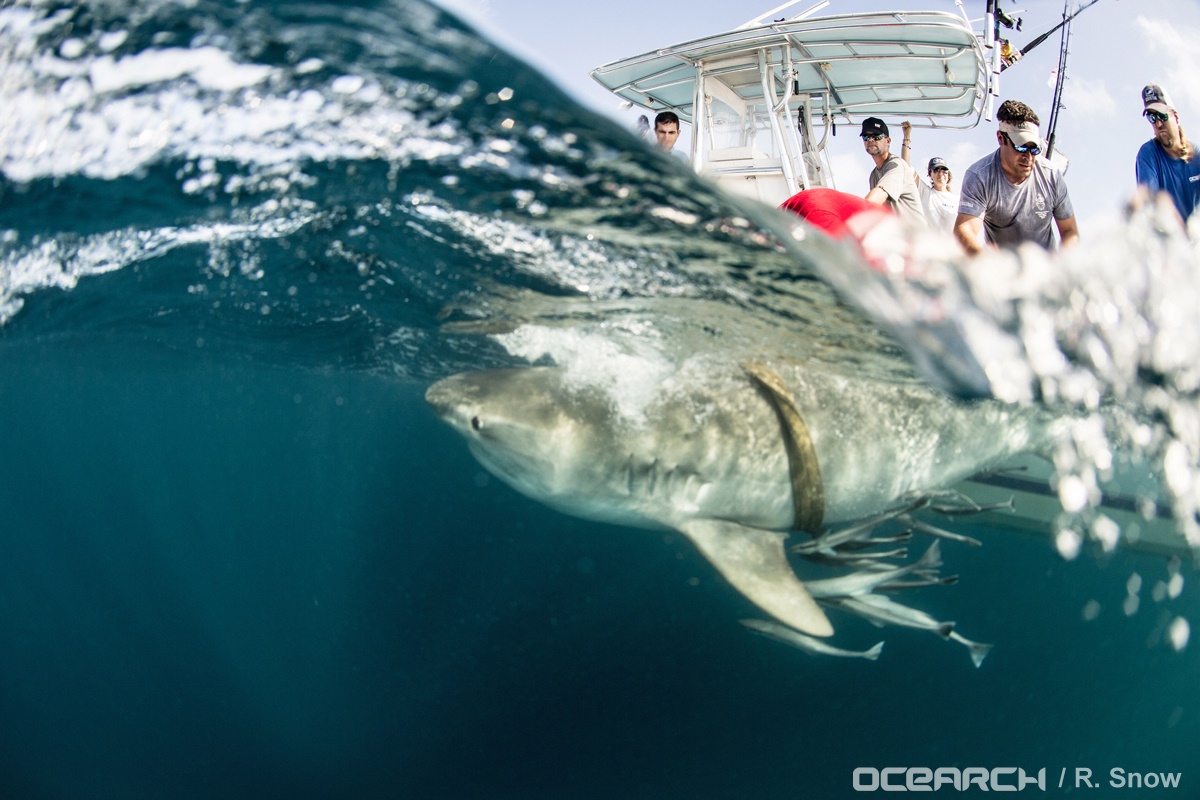
Study First to Show Tiger Sharks’ Travels and Desired Hangouts in the Gulf of Mexico
Using sophisticated satellite telemetry, a study is the first to provide unique insights into how tiger sharks move and use habitats in the Gulf of Mexico across life-stages. Data provide an important baseline for comparison against, and/or predicting their vulnerability to future environmental change such as climate variability or oil spills.
Rutgers Expert Can Discuss Family’s 43-Year Backyard Bird Citizen Science Project
New Brunswick, N.J. (June 8, 2020) – Rutgers University–New Brunswick Professor Kimberly Russell is available for interviews on an upstate New York family’s 43-year family tradition – a competition to predict the arrival of American robins in their backyard every spring…
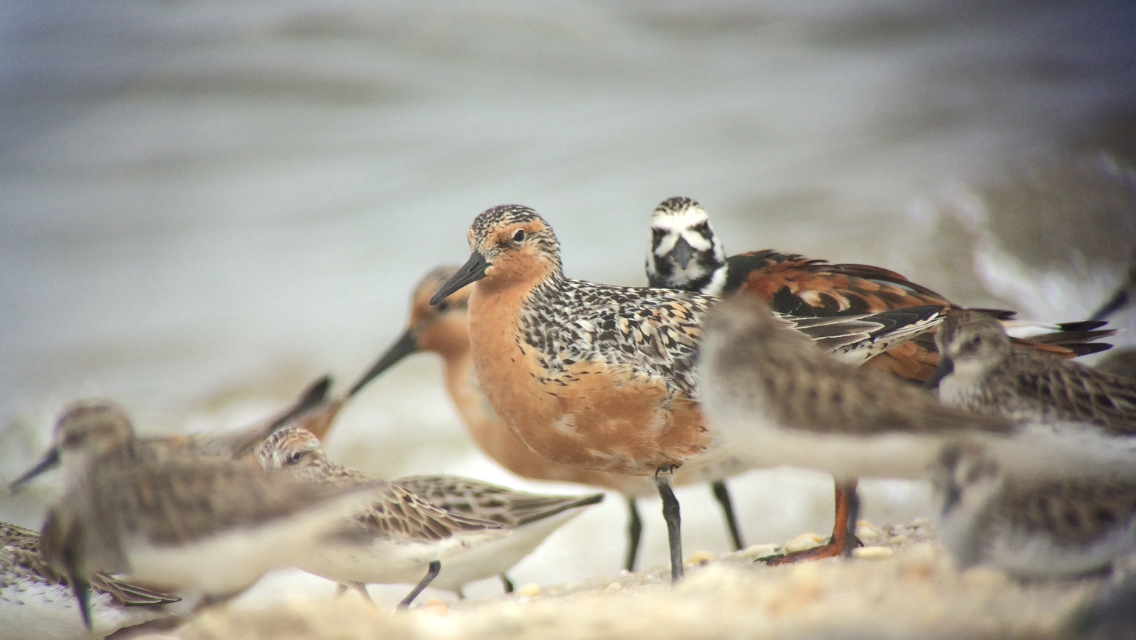
Oyster Farming and Shorebirds Likely Can Coexist
Oyster farming as currently practiced along the Delaware Bayshore does not significantly impact four shorebirds, including the federally threatened red knot, which migrates thousands of miles from Chile annually, according to a Rutgers-led study. The findings, published in the journal Ecosphere, likely apply to other areas around the country including the West Coast and Gulf Coast, where oyster aquaculture is expanding, according to Rutgers experts who say the study can play a key role in identifying and resolving potential conflict between the oyster aquaculture industry and red knot conservation groups.

World Migratory Bird Day is May 9
Migratory birds are now flooding across the continent, as they return to their nesting grounds this spring. World Migratory Bird Day is on May 9, 2020, as people around the globe welcome birds back—and lend them a helping hand.
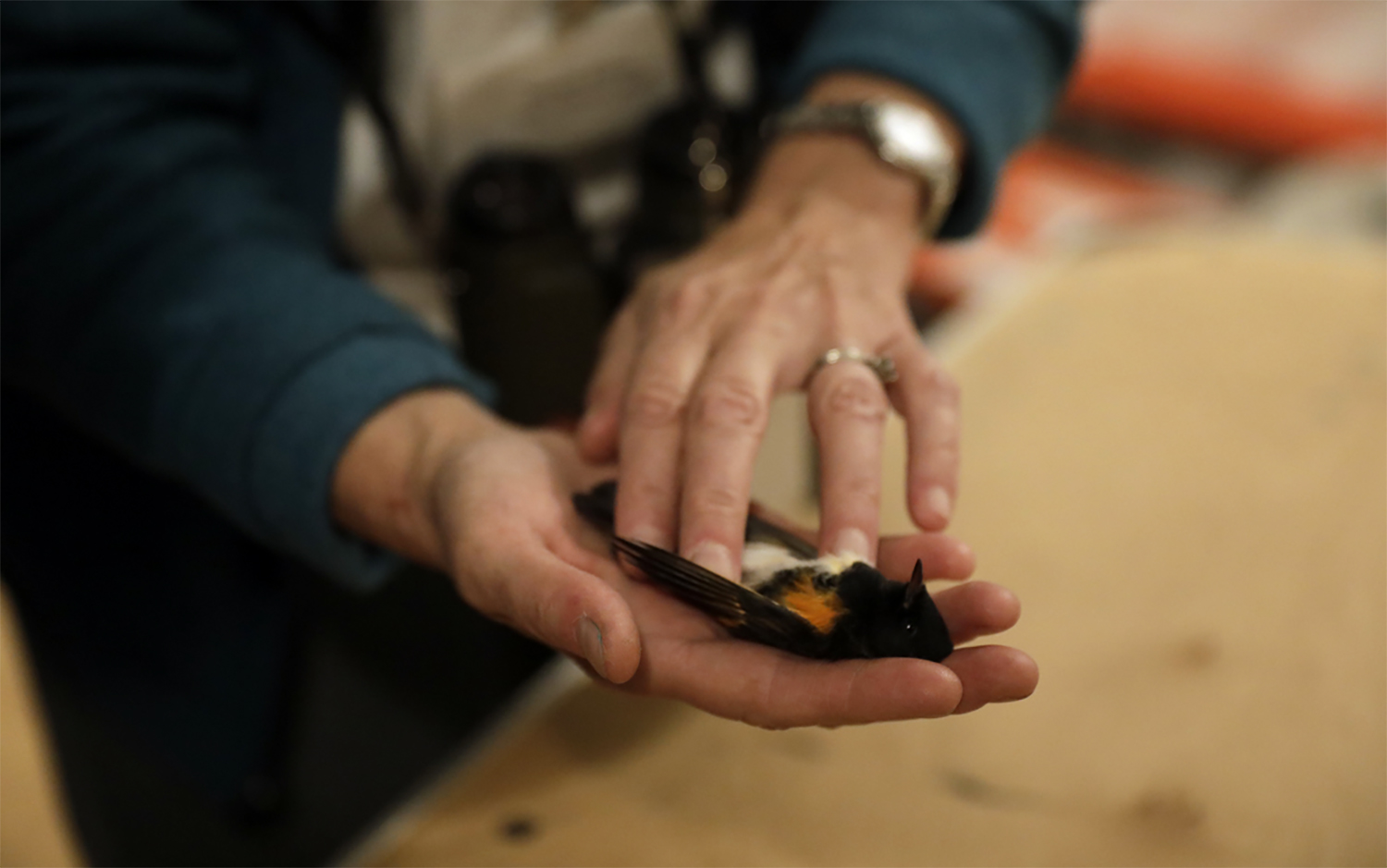
Birds Are Coming Through: Time to Switch Off the Lights
The biggest window of opportunity is opening up now to protect birds returning to the United States and Canada on their spring migrations. Analyses by scientists at the Cornell Lab of Ornithology and Colorado State University pinpoint key periods with the heaviest movements of birds in April and May. Turning off or reducing non-essential lighting at homes, businesses, and high-rise buildings will help protect hundreds of millions of birds migrating over brightly lit cities.
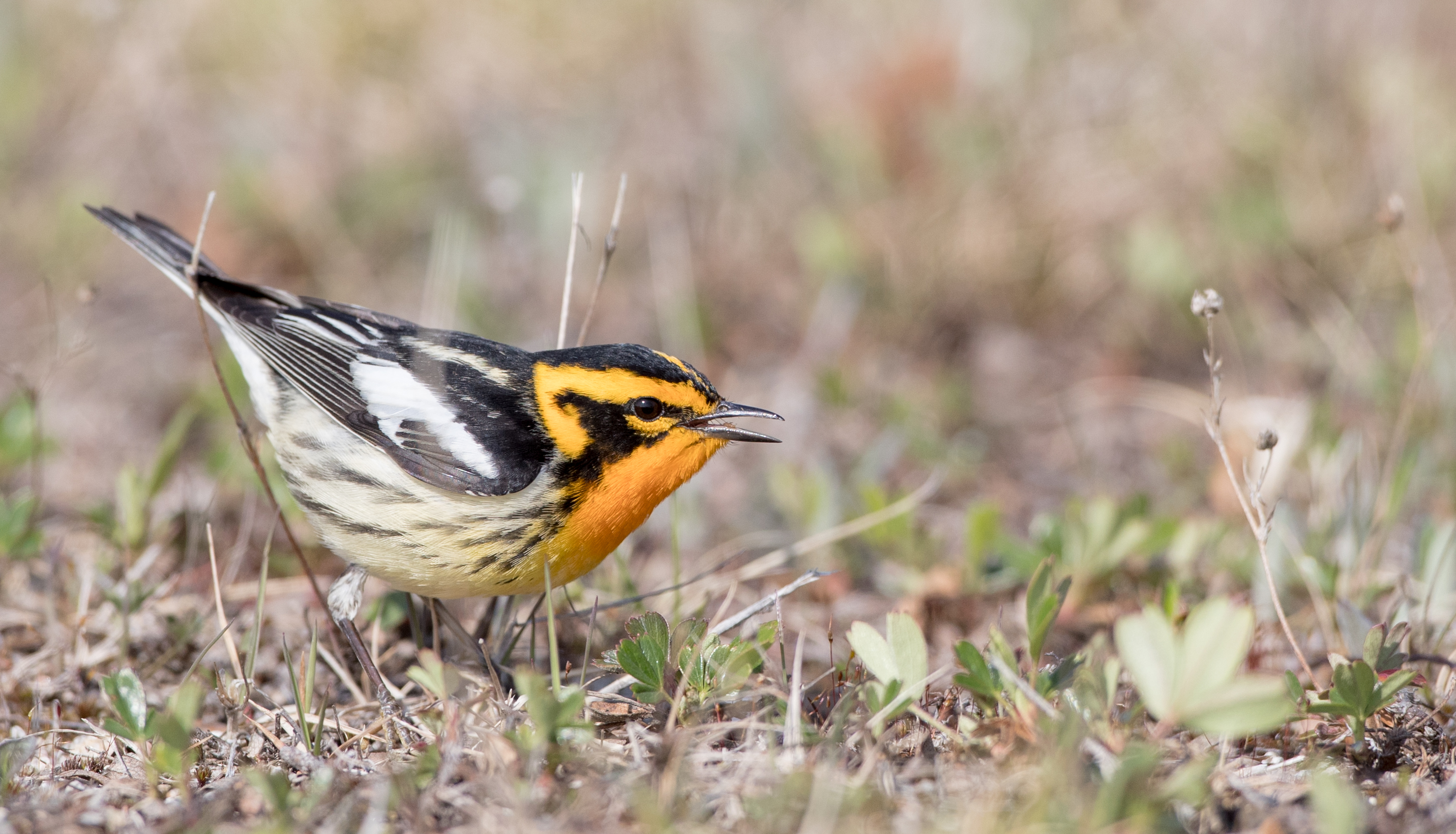
Join “Lights Out Texas” to Protect Migratory Birds
Lights Out Texas is a new two-year study now underway in Houston, Dallas, and Fort Worth. Along with local partners, researchers from the Cornell Lab of Ornithology and Colorado State University plan to test the best times to turn off lights at night in order to prevent harm to the hundreds of millions of birds migrating over these cities.
How can migration, workforce participation, and education balance the cost of aging in Europe?
New IIASA research shows that higher levels of education and increasing workforce participation in both migrant and local populations are needed to compensate for the negative economic impacts of aging populations in EU countries.
Itineraries of Migratory Birds Are Revealed in Unprecedented Detail
The eBird program at the Cornell Lab of Ornithology just released more than 500 animated maps spanning the entire Western Hemisphere. The maps show in fine detail where hundreds of species of migratory birds travel and how their numbers vary with habitat, geography, and time of year.

Each Mediterranean island has its own genetic pattern
A Team around Anthropologist Ron Pinhasi from the University of Vienna – together with researchers from the University of Florence and Harvard University – found out that prehistoric migration from Africa, Asia and Europe to the Mediterranean islands took place long before the era of the Mediterranean seafaring civilizations.
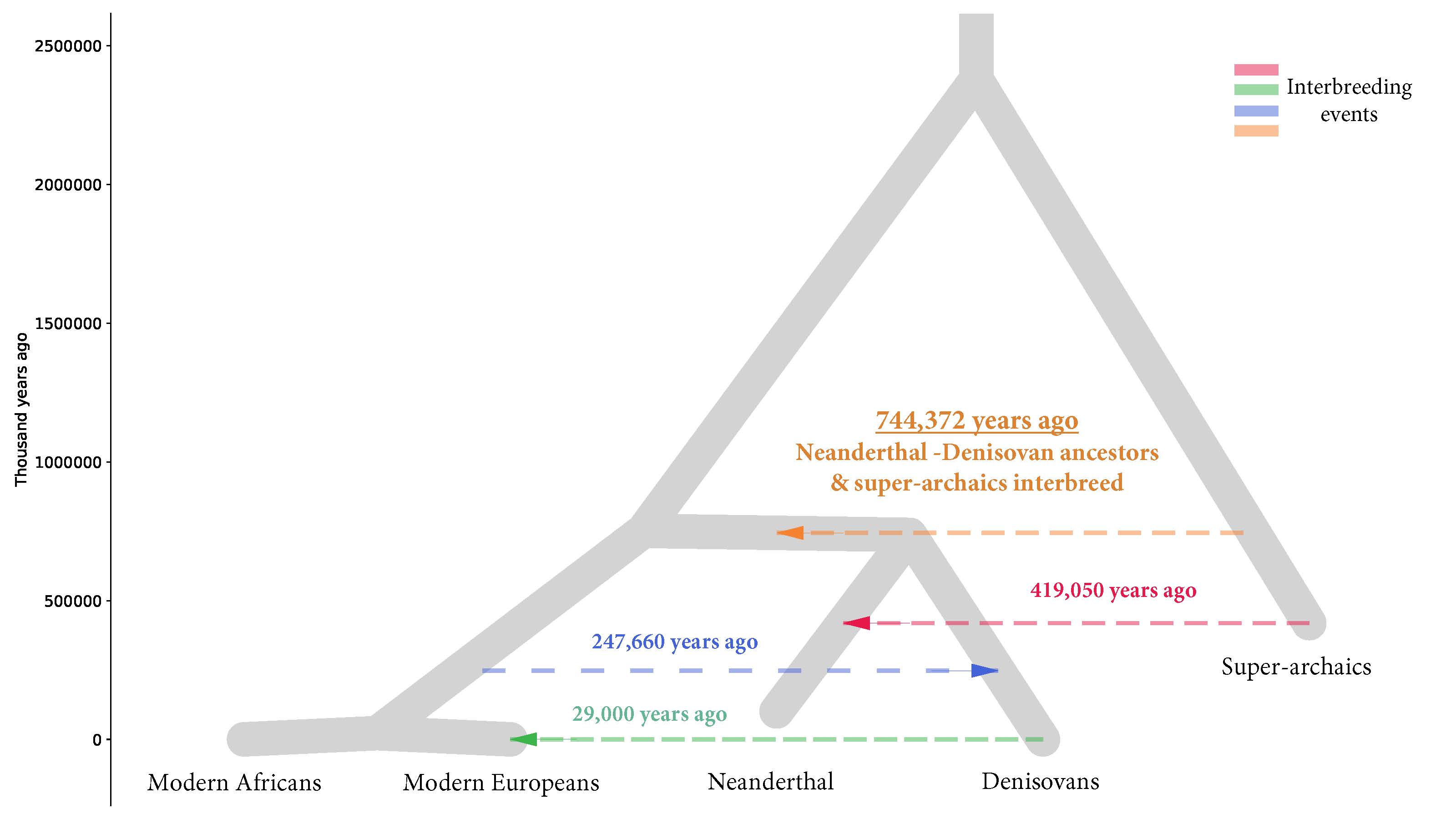
Earliest interbreeding event between ancient human populations discovered
The study documented the earliest known interbreeding event between ancient human populations— a group known as the “super-archaics” in Eurasia interbred with a Neanderthal-Denisovan ancestor about 700,000 years ago. The event was between two populations more distantly related than any other recorded.
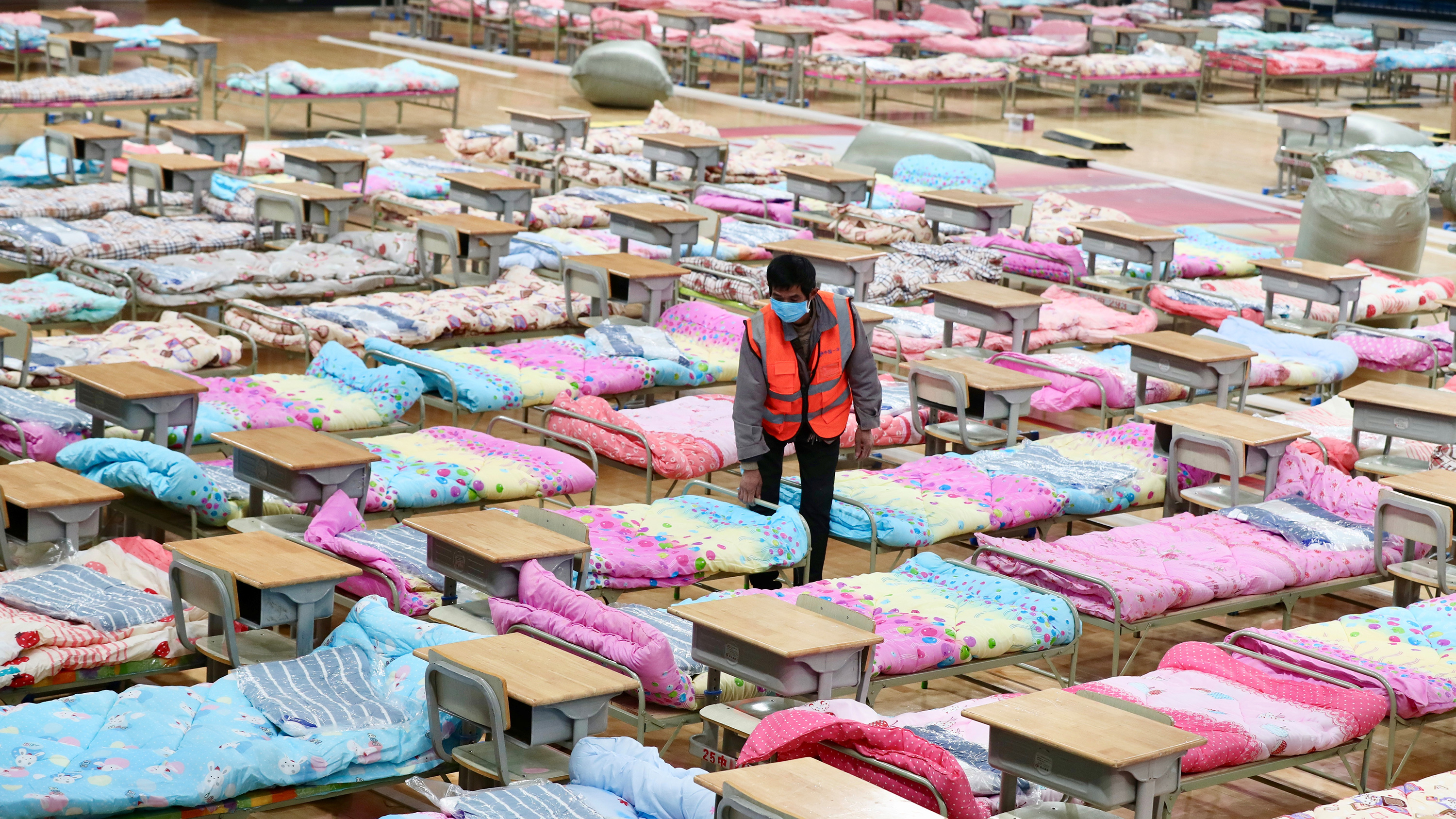
Panicky Responses to the Coronavirus are Dangerous—Here’s Why
Fear of the virus may spread faster than the virus itself, a potential threat to health, liberty, trade, and the economy.
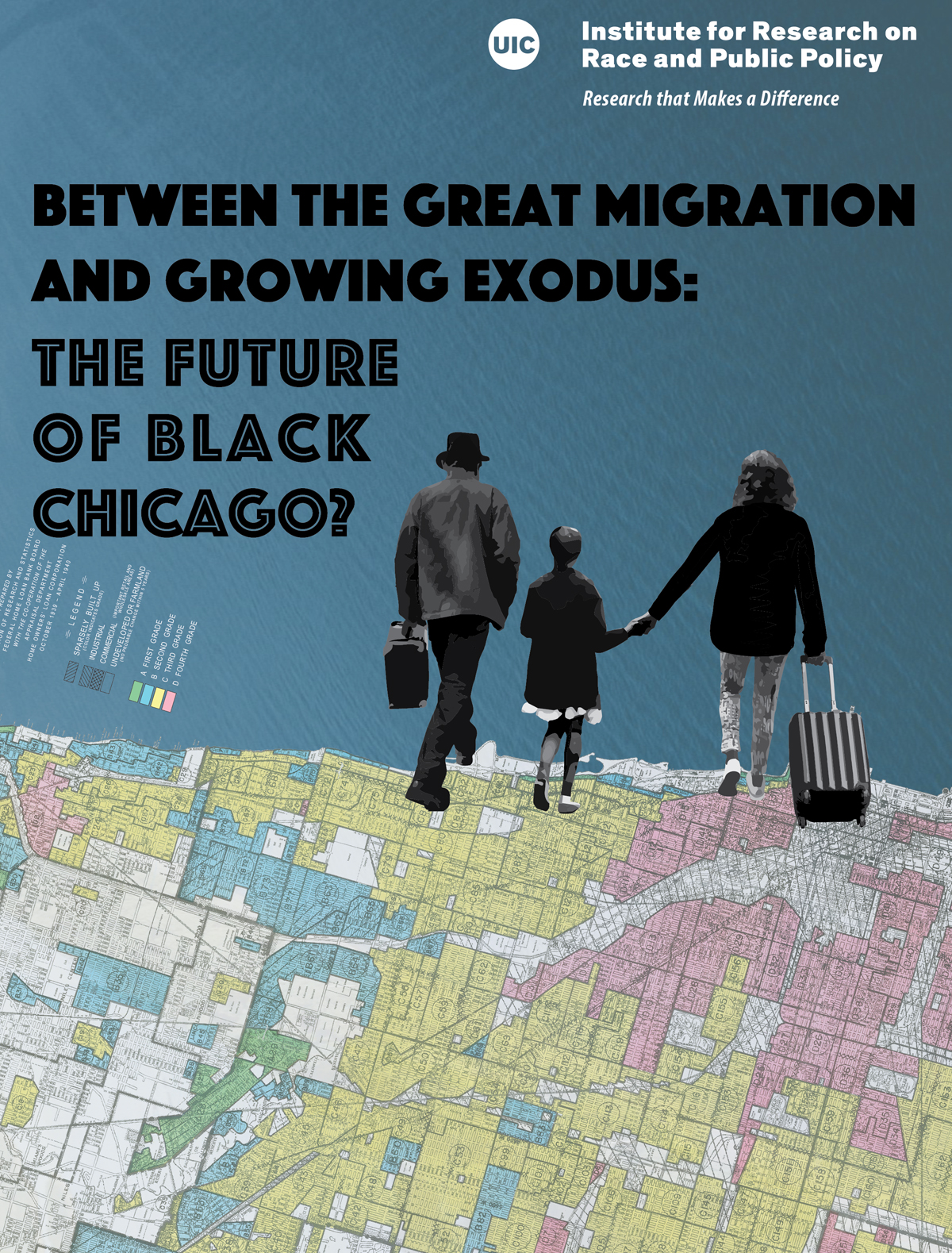
UIC report examines black population loss in Chicago
A mix of factors is involved in Chicago’s declining black population and others aren’t well defined, but inequality stands out as a leading element, according to a new report from the Institute for Research on Race and Public Policy at the University of Illinois at Chicago.

Major Asian Gene Study to Help Doctors Battle Disease
“Under-representation of Asian populations in genetic studies has meant that medical relevance for more than half of the human population is reduced,” one researcher said.